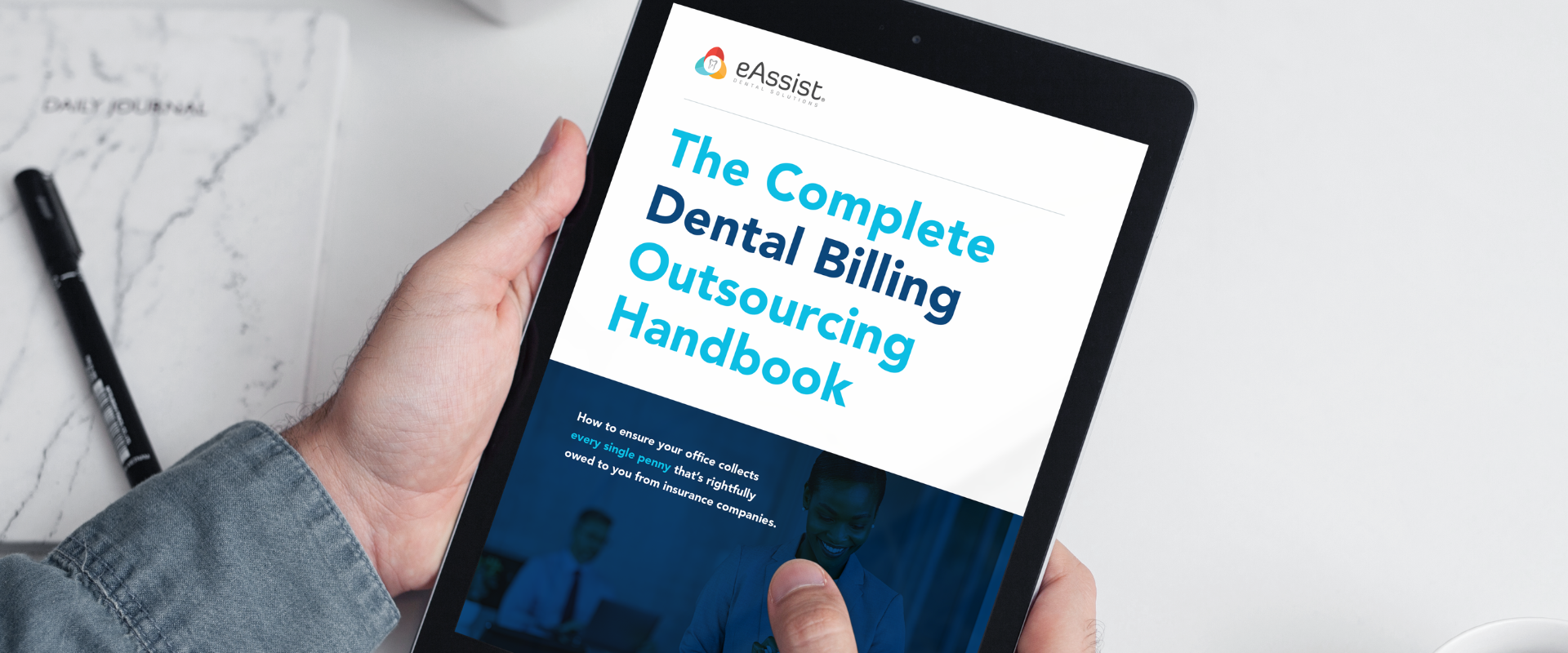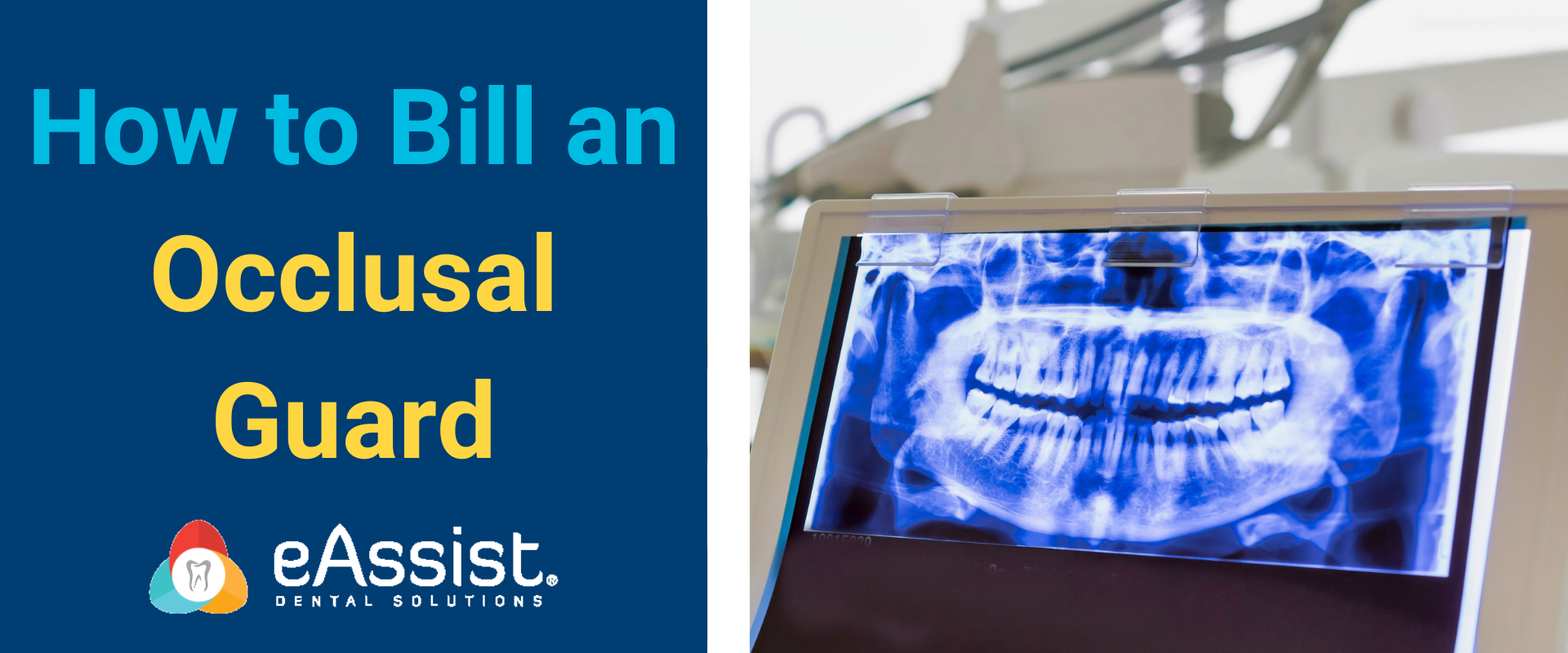Are you needing strategies for getting your dental insurance claims paid? Many dental offices have one businessperson or office manager in the office responsible for all of the filing, dental claim attachments, narratives, and appeals. But the reality is dental billing is a team process. The hygienist, dentist, and front office staff all play a pivotal role in getting a dental claim paid and, without working together, insurance companies will deny everything from a regular exam to an extensive restoration.
It is becoming more and more common for insurance companies to require clinical notes and documentation for treatment reimbursement. This means that dental clinical documentation is a key component in your dental billing process. How do you create clinical notes that support the clean claim submission? Best practice is to use the SOAP method for comprehensive clinical documentation. In this article, we give you clinical examples and an easy guide to the benefits of using the SOAP method in your practice, starting with some simple definitions, as well as questions to ask your patients to get all the information you need to get your dental billing claims paid.
Dental clinical notes examples:
Subjective
These are the initial symptoms and descriptions from the patient that may factor into your diagnosis. Oftentimes these involve simple questions your patient can answer themselves:
- Which tooth or part of your mouth has been causing problems?
- What are your symptoms or pain levels? (pain, throbbing, sharpness, etc.)
- Have you had any recent or previous surgeries or any other health problems?
Example: “(Name) presented with an emergency tooth pain. Patient pointed to the upper right area at #3. Patient has a history of heart valve replacement.”
Objective
What do the doctor and clinical team see when examining the patient?
- Always note any history or current presentation of diabetes, excessive weight gain or loss, heart problems, etc.
- What is the evidence of any symptoms affecting the teeth, tissue and bone such as evidence of gum disease, fracture, types of decay, any missing teeth and/or broken restorations and prosthetics?
- What other clinical steps are needed in order to adequately examine or otherwise diagnose the patient (i.e.: x-rays)?
Example: “After evaluation of the upper right area, (dentist) recommended that a single periapical x-ray of #3 area be taken. Patient sensitive to touch on #3 tooth.”
Assessment
The official diagnosis of the dentist about what treatment is immediately needed in order to remedy the symptoms as outlined in the subjective and objective analysis. These should be written down in terms of priority and also include any specialist recommendations.
Example: “Doctor recommended that the patient be referred to an endodontist for further evaluation of #3 and determine the need for root canal therapy.”
Plan
Establish a written treatment plan of action for the patient including number of appointments, relevant codes and procedures and phases of treatments and any referrals to other specialists or providers.
Example: “Patient instructed to make an appointment for full comprehensive evaluation and restorative treatment of #3.”
Supporting narratives for dental billing claims
When treatment is completed, do you typically have all of your dental clinical documentation in order? Many insurance carriers are only accepting clinical documentation and notes from the date of service in lieu of a independently worded narrative for an appeal. The easy-to-use template of SOAP can allow you to better organize relevant data to assist with quick dental claim reimbursement. Your dental clinical documentation should act as a narrative and support every aspect of the clinical process from start to finish.
- Document the “why” for treatment, not just the “how”
- Use intra-oral photos or radiographs, and attach them to dental billing claims
- Use correct, up-to-date dental codes that accurately reflect the treatment rendered
These steps work toward creating comprehensive clinical notes that will help with consistent and reliable cash flow for your practice. If you’re implementing these strategies regularly, you’ll have created the clinical support for clean claim submission, claim follow up, and timely reimbursement. But what are your options if your staff doesn’t have the capacity to send clean claims, follow up on outstanding insurance balances regularly, or chase down the insurance payments?
Profit and peace of mind in dental billing
Outsourcing your dental billing is the new normal, and can result in reliable cash flow and tangible financial success for your practice. If you’ve ever felt overwhelmed by ballooning insurance accounts or frequent claim denials, dental billing outsourcing offers the lifeline you’re looking for. eAssist understands the financial pains of dentistry. There’s no need to continue down the path of sleepless nights and endless appeals that go nowhere. There is a better route toward peace of mind. Schedule a no obligation consultation with the nation’s leading dental billing platform and see what heights outsourcing your dental billing processes can take your practice.








0 Comments